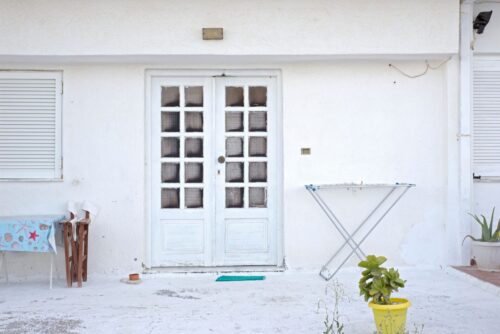At Home With Growing Older
There is a beauty in the order of place that has a specific purpose; a craftman’s workshop, a farmhouse kitchen, even a laundry. This beauty is derived not from the drama of design, but serving a purpose and the order it instills.
~ Susanne Stadler
Growing Old at Home / Aging in Place
Susanne Stadler is a San Francisco Architect who breathes the rarefied air of those who possess a deep knowledge of the intersection between Aging and Aesthetics. This uncommon hybrid-skill set became clear to me when I accidentally picked up a handout at the back of the conference room titled: At Home With Growing Old: Carrying Home With You. The article draws you in with a personal story about her landlady, who in her eighties, became not only a friend but a source of Master’s Thesis and eventually influenced her career.
Aging in Place with The Purposeful Home
Stadler reminds us that growing old at home is the preferred option and that anything less is considered “giving up.” She notes that as dreaded as moving and being displaced can be at an advanced age, it has the potential to become renewal by what she calls “carrying home with you.”
There is a beauty in the order of place that has a specific purpose; a craftman’s workshop, a farmhouse kitchen, even a laundry. This beauty is derived not from the drama of design, but serving a purpose and the order it instills.
First of all, how can you not fall in love with this kind of prose, and secondly, these are not just pretty words–there is an instrumental purpose infusing them. Stadler posits that a home for growing old becomes such a workshop. She too understands that custodial care environments are designed for efficiency (they have to be), and standardization is the death of self-expression.
Purposeful environments are not mutually exclusive with human development and expression and in fact, can and must provide opportunities to stay engaged and connected to the community; both physically and spiritually. Her own mother lives in such an environment in Salzburg, Austria seated in the middle of the town. Residents have a card key allowing access to the most popular Salzberg Cafes, where they partake in lively cafe culture. It is the private space, however, that provides a sense of permanence and home that only a personalized space can.
Caregiver Needs Balanced With Personal Rhythms
In the case of her mother, due to the increasing need for caregiving, she is less able to control access to her personal self as frailty dictates when visitors now arrive to visit–and help with activities of daily living is done. Like many older adults, privacy is compromised to accommodate the changes associated with aging. Caregivers Stader says, have their daily routines which don’t always coincide with her mother’s schedule; so whenever possible a sense of territory should be indulged to counter-balance the control lost to care needs.
The physical space given the appropriate treatment by a mindful architect versed in the needs of the elderly can compensate for age-related losses and actually act as a protectant for independence. Spacial strategies need support from material intelligence (using materials that fit the purpose of the home) and designing uniform spaces with a degree of customization in mind. She says this can be done by embracing such simple decisions as how much kitchen is really needed and the selection of furniture from the old home that will fit in the new space.
“All too often, a pretended order based on the look of things supplants a purposeful order generated by actual use.”
Home, a Collaboration
What makes Stadler unique in the field of architecture and environmental gerontology is that she emphasizes that successful aging in place is a collaborative process. “Just put a grab bar in” is not a solution–design for functional and emotional needs as we grow older necessitates knowledge and attitudes beyond the typical skills of the architect. She states that collaboration with an interdisciplinary approach (systems thinking) from the caregiver, occupational therapist, gerontologist, lighting designer, and even the psychiatrist, for non-standardized solutions, is essential for optimal-life-affirming housing choices for an aging society. To that, I say, Amen!
________________________________________________________________________________________________
Stadler Architecture

